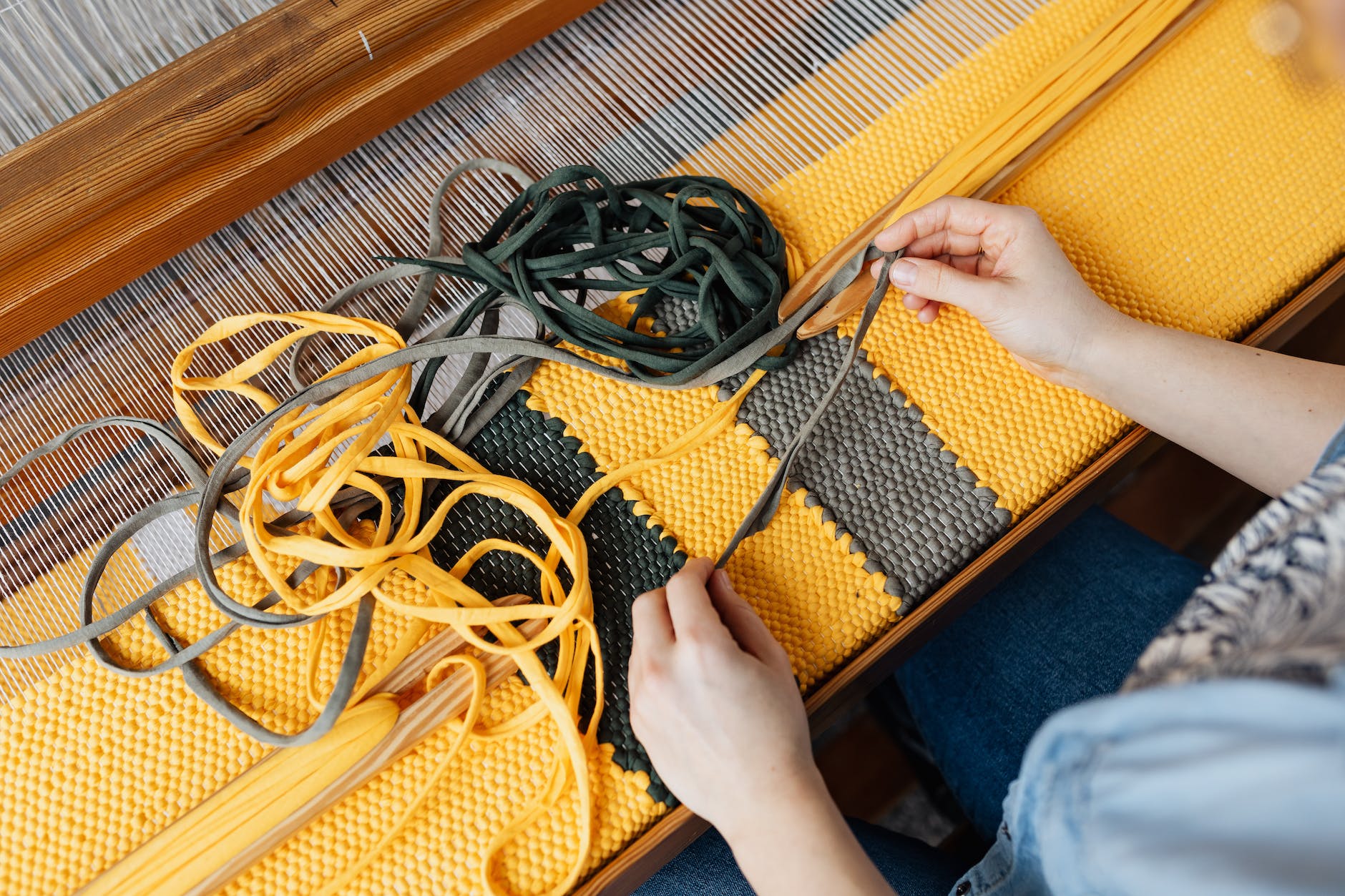Rug Making with Kids: Fostering Creativity in Young Weavers
Rug making provides an enriching hands-on activity for teaching kids art and craft techniques while allowing their creativity to flourish. The simple repetitive steps, colorful materials, and tactile nature make weaving, braiding, knotting, and latch hooking perfect for short attention spans. Rug projects build fine motor skills and keep children engaged in open-ended imagination and play. This article explores fun ways to introduce rug making to kids as they learn heritage skills and make unique handcrafted treasures.
Benefits of Rug Making for Child Development
The rug making process cultivates vital skills in children:
Hand-Eye Coordination
Manipulating and guiding fibers to construct rugs improves dexterity, precision, and visual-spatial abilities through repetition.
Focus and Patience
The meditative nature of techniques like weaving and braiding teaches young minds calmness and focus on progressing toward a goal step-by-step.
Math and Measurement
Measuring fabric strips, counting rows, and calculating dimensions incorporates practice with numbers, ratios, and fractions.
Color and Design
Selecting colors and patterns gives exposure to color combining, symmetry, and composition basics. Kids study cause and effect of choices.
Cultural Exposure
Connecting global rug making traditions to geography, history and diversity introduces kids to cultural appreciation through crafts.
Problem Solving
Troubleshooting issues like tangled threads or uneven tension engages critical thinking about cause and effect relationships.
Kid-Friendly Rug Making Crafts and Techniques
Simple, engaging projects enable success:
Latch Hooking
Pushing loops of yarn through burlap with a latch hook tool is fun texture play. Create patterns or images.
Paper Weaving
Weaving colored paper strips or streamers through a paper plate with slits develops finger manipulation and following step order.
Pompom Rugs
Gluing rainbow pompoms onto a felt rug base sparks color and texture creativity. Group colors into patterns.
Braiding with Fabric or Yarn
Three-strand braiding fabric strips or yarn bits into long ropes keeps hands busy. Stitch braids into circular rugs.
Weaving with Cardboard Looms
Notching cardboard strips enables easy supervised practice of over-under weaving techniques and testing color patterns.
Coil Basket Weaving
Coiling recycled fabric or t-shirt yarn strips into baskets, then stitching them together improves hand strength while making sturdy play rugs.
Rug Making Projects to Inspire Young Minds
Here are some specific rug ideas to spark kids’ creativity:
Ombre Rainbow Rug
Gradating colors from light to dark in sequence encourages color mixing exploration and transitions. A blend of color theory and braiding.
Painted Rug Canvas
Acrylic paints on burlap allow freeform experimentation with designs, patterns, and color blending to create a unique background. Latch hook yarn through it after drying.
Fingerprint Rug
Press finger dabbed paints onto cotton duck canvas in a pattern then weave colorful yarn between the prints. Mix colors and patterns.
Nature Scene Rug
Cut nature elements like leaves, flowers, butterflies, trees from felt and stitch together with embroidery floss on a base to make a vibrant nature collage rug.
Mixed Media Rug
Incorporate buttons, ribbons, pom poms, bells and other embellishments for multi-sensory texture play. Reinforce creativity and gluing skills.
Portrait Rug
Encourage drawing self-portraits or pets. Recreate the image on burlap using yarn to latch hook a portrait rug reflecting their interests.
Setting Kids Up for Rug Making Success
Keep these tips in mind for an enjoyable experience:
Toddler-Friendly Materials
Avoid small loose materials like beads or sequencing. Choose thick yarns, fabric strips, finger knitting cords that are easy to grasp and manipulate.
Comfy Workspace
Rug making requires room to spread out organized materials. Set up at a child sized table or on the floor with soft seating.
Establish Routines
Maintain regular focused time for rug making without distractions. Consistent routines foster willingness to engage and complete projects over days, weeks or months.
Simple Instructions
Demonstrate each step slowly then narrate as they follow. Print step photos for easy reference. Over-explaining risks frustration.
Embrace Imperfections
Avoid criticism and over-correcting. Slightly messy technique and asymmetric rugs show wonderful creative freedom in young makers.
Recycle Materials
Upcycle fabric scraps, worn clothes, plastic bags and discarded yarn for eco-friendly no-pressure projects. Focus on purposeful upcycling process over perfect product.
Display Final Creations
Exhibit their one-of-a-kind rugs prominently and use their crafts in the home. Take pride in their efforts and developing skills.
Though rugs first protected our ancient ancestors’ feet, their legacy today nurtures young minds. Blending artistry with the joys of making, rug crafting develops tomorrow’s community of creative thinkers and empowered makers.
